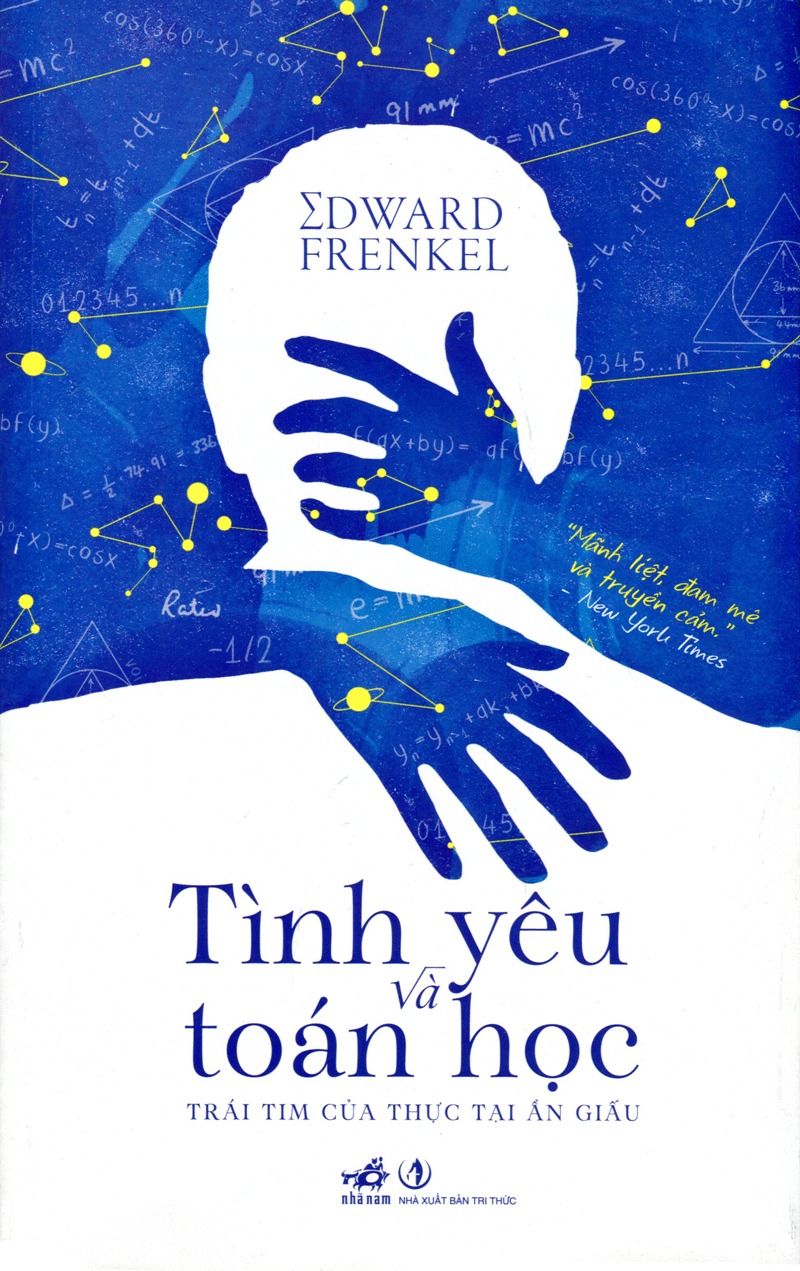What do you think?
Rate this book


390 pages
First published October 1, 2013
(Pg. 188, bold emphasis mine.)This area appeared to be pure and abstract, without immediate applications. But we have to realize that fundamental scientific research forms the basis of all technological progress. Often, what looked like the most abstract and abstruse discoveries in math and physics subsequently led to innovations that we now use in our everyday life. Think of the arithmetic modulo primes, for example. When we see it for the first time it looks so abstract that it seems impossible something like this could have any real world applications....But...many apparently esoteric results in number theory...are now ubiquitous in, say, online banking....We should never try to prejudge the potential of a mathematical formula or idea for practical applications.
History shows that all spectacular technological breakthroughs were preceded, often decades earlier, by advances in pure research. Therefore, if we limit support for basic science, we limit our progress and power.
Frenkel's point in writing this book, as he explains in the preface, is to share his love for mathematics with an audience who doesn't get to see much of its hidden beauty. He does this by taking the reader on the journey that led him to mathematics, starting with a friend of his father's who taught Frenkle about symmetries and braid groups when he was in his late teens. This sparked his lifelong passion for math, and we learn all about the obstacles thrown into his path by the Soviet system that made it next to impossible for a son of a Jew to study or work in research mathematics. Luckily, he was the right age to take advantage of Perestroika, and then the collapse of the Soviet Union, and was able to both finish his studies and find an academic position in the United States.
We get introduced to the main project in Frankel's career, the Langlands Program, in chapter 8, "Magic Numbers," where a lot of background is given. The Langlands Program, if finished, will link together several fields of mathematics that seem unrelated on the surface. This is difficult to do and pretty rare. The background leading up to this is wide-ranging, and Frenkle tries to simplify his explanations as much as possible, but this is where the abstract nature of advanced mathematics is probably going to confuse most of his audience. In a mere 15 pages, you get a high-level whirlwind tour of the Galois groups, how the Shimura-Taniyama-Weil conjecture was used to prove Fermat's Last Theorem, how this conjecture is a general result for finding the generating function of cubic equations (using the generating function of the Fibonacci numbers as an analogy), and how it is a special case of the Langlands Program. I had to read chapter 8 very carefully and slowly, but I got the gist of it, if not a deep understanding. By the next chapter, where he introduces Lie (pronounced "lee") groups and algebras, I admit I was lost.
The remaining math sections left me feeling like Frenkel was Beethoven, explaining how he had composed his symphonies, while I was the novice student who had finished a basic course in music theory, and knew how to play "Für Elise" but not much else. While his enthusiasm for mathematics and his life's work are all obvious, I just cannot appreciate the depth or the details on the same level. I found this discouraging and more than a little frustrating, because I wanted to see the same beauty that he did. I did appreciate the journey he has taken to get to this point, and the real-life depiction of how mathematical research is actually done—sometimes painfully slowly. Perhaps after some years of study I will be able to appreciate the mathematical sections just as much as the biographical ones.